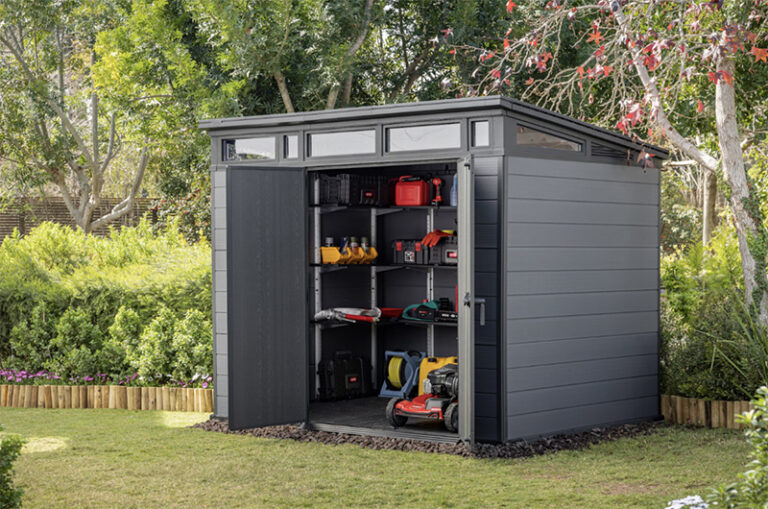Why the Spokane River’s fate runs through us all
Cover photo courtesy Cutboard Studios
The Spokane River tumbles powerfully through the heart of the Spokane metro. It’s a small section of the river, which threads 111 miles from Lake Coeur d’Alene to Lake Roosevelt, but the location is a metaphor for how we should view the river: central to the health of our region, people, wildlife and culture.
When I began to call Spokane home, I wondered what the river’s problems were, what challenges it faced, and what we were trying to do better. This spring, I followed my curiosity. I took my first whitewater rafting trip, interviewed staff of the Spokane Riverkeeper, and talked to local conservation groups and tribes. Whether you’re a river novice, like I was, or well-versed in the river’s issues, I hope my journey will illuminate the many ways you might get to know the river better.
~
On an overcast day in June, I met up with FLOW Adventures for a guided whitewater trip on the Spokane. Our launch site was Redband Park, appropriately named after the native trout I’d recently learned about. From there, we could see the towering structures of downtown, even though we were about to paddle Class III rapids.
We received a safety briefing from our raft guide Joe Nollete, a bearded, experienced guide in his 50s, and our safety boater Ty, who was in his early 20s and still earning his river hours. That morning, I was one of seven passengers who donned PFDs provided by FLOW, grabbed a paddle, and stepped onto a bright blue raft.
Where the water was calm, we practiced our paddling. Our first assignment was to avoid the pilings of the Sandifur bridge. Nollete instructed our movements — left side back, right side forward; all forward; take a rest. We seemed to earn a passing grade. My goal, as a river newbie, was to stay on the raft.
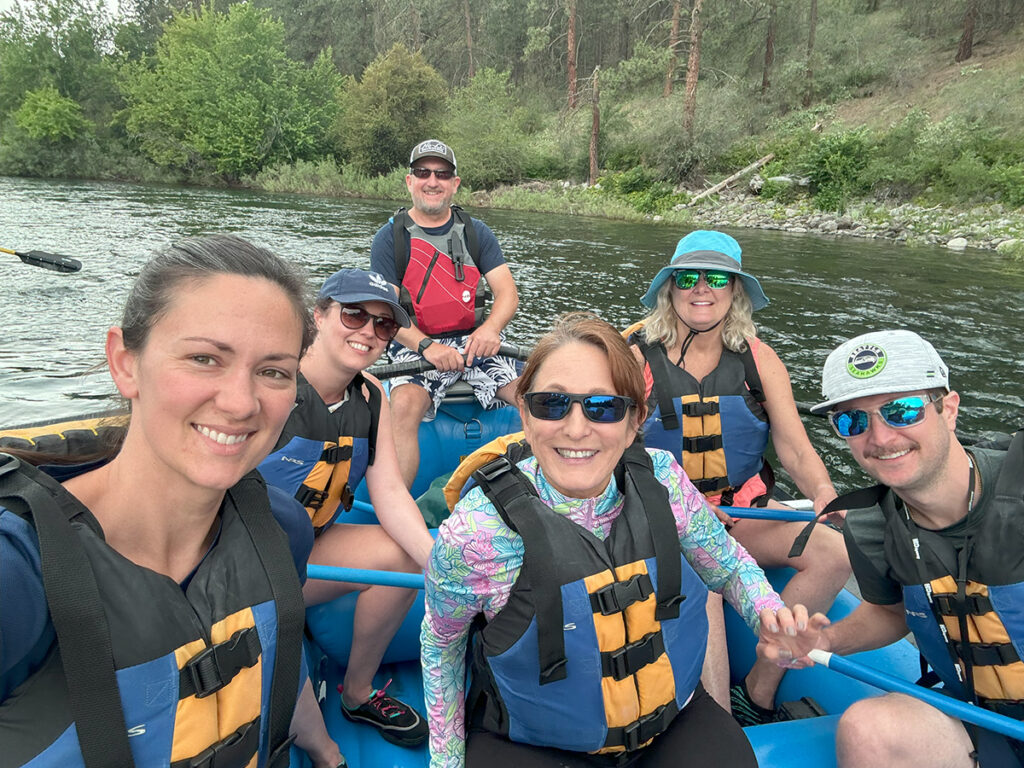
After the bridge, we cruised past brush-lined riverbanks, maneuvering once or twice to stay clear of “strainers,” which were downed trees or branches extending into the river. The reason it is called a strainer is that it will treat your body like a noodle, Nollete told us. “Which would not be good,” he clarified.
The mood of our group was light, knowing we were under Nollete’s savvy watch. He outlined features you might only see from the seat of a raft, like brick-red rock on the riverbank. It was, indeed, brick, he told us—rubble from buildings that was dumped into the river long ago.
“If someone had a lot of ambition, they could build a house out of that,” Nollete joked as we drifted by. But the bricks were evidence of how we treated the river at the onset of industrialization in Spokane: a dumping ground for everything.
~
Before my whitewater trip, I spoke with Jule Schultz, the Waterkeeper at the Spokane Riverkeeper organization, who told me that 35,000 pounds of trash had already been removed from the river this year. It was May. This was a staggering and excellent thing—that trash was out of the river for good, since it had been collected before the water level rose.
The Spokane Riverkeeper is a nonprofit dedicated to keeping the Spokane River fishable and swimmable. If we want to talk pollution, though, trash is really just an aesthetic pollutant. To cover the bigger offenders like heavy metals (lead, arsenic, and zinc from old mining operations), phosphorus and nitrogen (related to loss of riparian habitat and agricultural operations), PCBs, and temperature, I spoke with Katelyn Scott, an attorney and the Water Protector for the Spokane Riverkeeper.
One of Scott’s roles is to hold polluters accountable by making sure they follow their discharge permits. The state regulates over 60 chemical pollutants, and they go into the same water that supports our wildlife. The discharge permits set limits on the amount of pollution that is legally and regularly dumped into the river. One mission of the Spokane Riverkeeper is to get those allowed pollution levels down as low as possible.
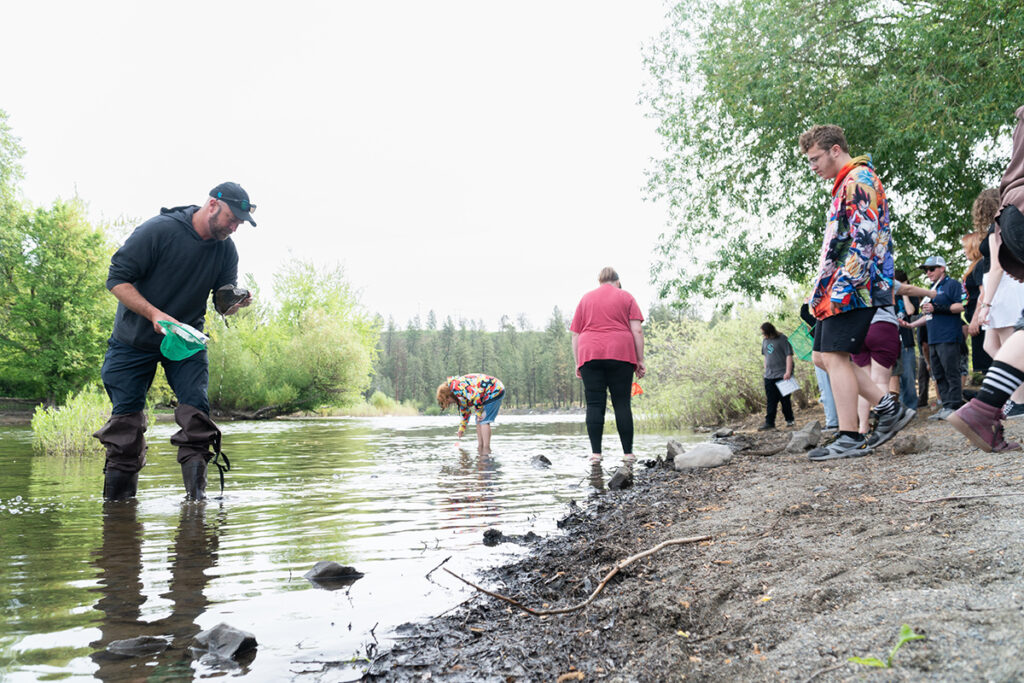
When I spoke to Scott in May, the Environmental Protection Agency (EPA) had just released the final draft of a PCB cleanup plan for the Spokane River, which was looking positive in Scott’s eyes because the EPA was using the Spokane Tribe’s standard for pollution, which is the lowest in the basin. (The tribal standard is 1.3 picograms, while the state level remains at 7 picograms.)
Another river pollutant is 6PPD, a rubber-stabilizing chemical that comes off car tires. Scott is encouraging the state to do more studies on 6PPD and its effect on salmon and trout so we can set limits and create healthier habitat for the return of salmon.
6PPD gets into the river when it washes in with stormwater, which also carries in things like fertilizer and road salts. In Spokane, we have a combined stormwater and sewage treatment system. This is good because it takes our stormwater and treats it; it’s bad because when there’s too much input, like after a heavy rainstorm, the system overflows, which means raw sewage is alsodischarged into the river.
Before you swear off swimming, know that sewage and stormwater treatment is getting better. The City of Spokane recently installed 25 Combined Sewer Overflow (CSO) tanks, which will accommodate the system overflow for decades and help keep untreated sewage out of the river.
~
The water we rafted on looked clear without the sun’s refraction. When I twisted over the side of the raft, I could see large boulders at the river’s floor. I was finding more time to look around on this whitewater journey than I’d anticipated. As we floated through a calm bend known as the “big eddy,” our group admired a bald eagle perched on a tree snag.
If I’m being honest, I wasn’t impressed with our synchronized paddling. Our left side was weak. Nollete assured us that our paddling was akin to the role of an engine; we were the power, and he could maneuver us with the long oars from his raised seat at the back of the raft. Still, as we approached the roar of our first big rapids at Bowl and Pitcher, I was apprehensive.
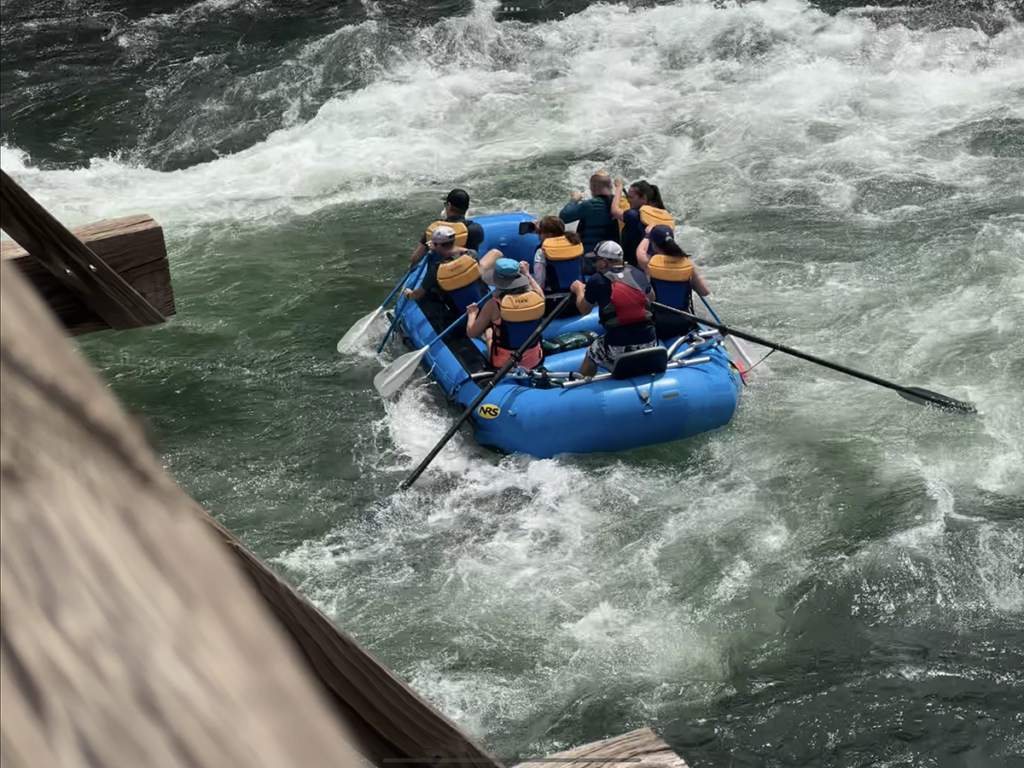
I had viewed this feature many times from the swinging bridge, heart racing as I stared down at the wild torrent of water. As we drifted toward the first set, Nollete instructed, “all forward.” People on both sides began to paddle. Then he started yelling, “dig, dig, dig!,” which meant we were not paddling hard enough.
The next thing he yelled, as we neared the biggest wave of the rapid, probably makes the top-five list of things I do not want to hear my whitewater guide yelling: “We are not where we want to be!”
~
The redband trout population is not where we want it to be. The salmon, even less so.
The Spokane River used to have almost a million anadromous fish, fish like steelhead and Chinook salmon that migrated to the sea and back to our river to spawn. Local tribes historically relied on the life-source of the river’s salmon for subsistence fishing and trading with other tribes. In the last 100 years, a combination of pollution, grazing and dams extirpated the Spokane salmon population and left land-locked redband trout, remnants of the steelhead population.
With native salmon gone, we look at redband trout as a sentinel species to judge the health of the river. Data shows a startling decline: in 1984, the Spokane Valley fishery had 3,840 fish per mile. Now, in surveys of that same stretch, there are 60 fish per mile. The trout are suffering, so a major question Schultz asks in his role is at the Riverkeeper is, why?
Schultz has a few obvious thoughts: invasive species like pike, which got a voracious foothold in too-warm waters; destruction of riparian zones, which allows sediment and farm chemicals to decrease the oxygen available to fish; segmentation of the river from dams, which contributes to temperature pollution; and metal pollution killing off available food, as macro invertebrates (the bugs the fish favor) are highly sensitive to metals.
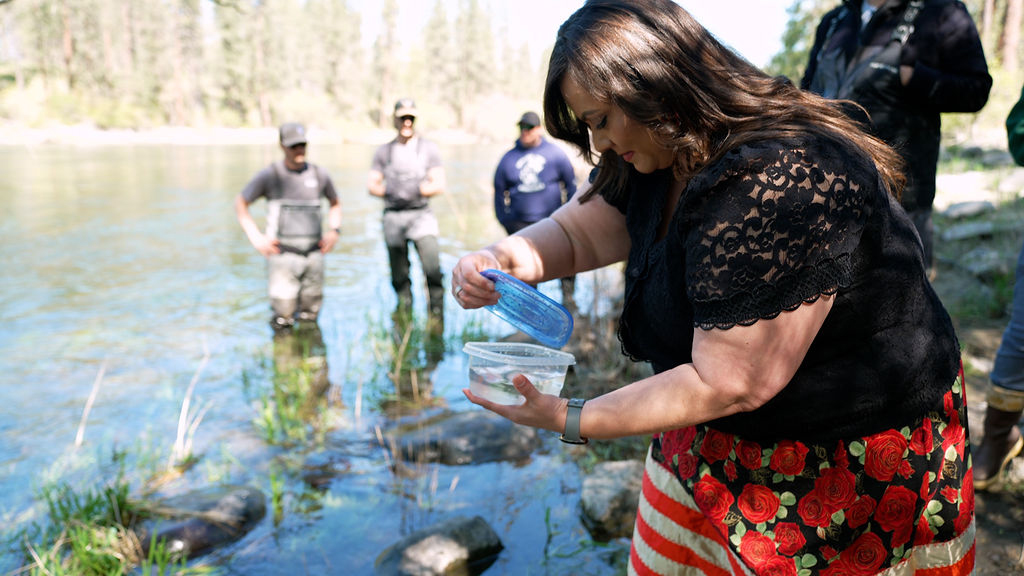
The fisheries in the valley and near downtown are catch-and-release only, due to the toxins in the river and lack of fish. You’ll find fish consumption advisories due to PCB levels, and we’re only beginning to test for PFAS.
It’s not all doom and gloom though, Shultz assured me. The trout numbers are better downstream at 300 fish per mile, where the water is cooler thanks to aquifer input. While he would rate our recreational fishery health as “difficult,” there are still enough trout for recreational fishing.
Downriver of the Nine Mile Dam and in Lake Spokane, the numbers are even higher. You can catch and eat fish, especially the non-native species like walleye, perch and bass. Still, when I was on the river with Nollete, he said his rule of thumb was to eat fish from the river no more than two times a week.
~
We hit the first big wave at Bowl and Pitcher with the side of our raft.
When it became likely that I might get kicked out of the raft, I started to paddle like there was no tomorrow. That kick of adrenaline meant I missed most of the scenic view of the bridge I’d been looking forward to, instead focused on jamming my toes under the raft supports for a literal foothold as water washed aboard. Our group got wet—wet enough to gain a laugh from our safety boater, Ty, who rolled easily ahead of us—but I’m happy to report all seven of us remained in the boat.
After our big grins wore off, the river calmed, and we once again drifted without paddling. We had a few minutes before the next river feature, known as Devil’s Toenail. As we reset, I trailed my hand down in the river. Though we approached the summer solstice, it was still cold to the touch.
~
I mentioned earlier that temperature was a pollutant. It’s pretty simple: fish need cold water to live. When flow levels drop, river temperatures warm.
During the the hottest summer months, in our arid climate, we dump a lot of water on our lawns. Tack on more frequent drought years, and this becomes a big problem for the river. Meaning it’s a problem for us.
In 2019, the average household in Spokane was using 587 gallons of water a day in the summer. To lend some context, our average annual consumption is 235 gallons, and that number is almost triple the national average of 82 gallons. While this data is a few years old, the message remains clear — our summer water usage is out of control. And it is hurting our river.
In 2022, predecessor Riverkeeper Jerry White petitioned for the City of Spokane to adopt a water conservation program that would give guidelines and incentives for responsible outdoor water use. It would also encourage the city to hold large water facilities accountable for their water usage. The ordinance went into effect that year, but it’s been slow to take.
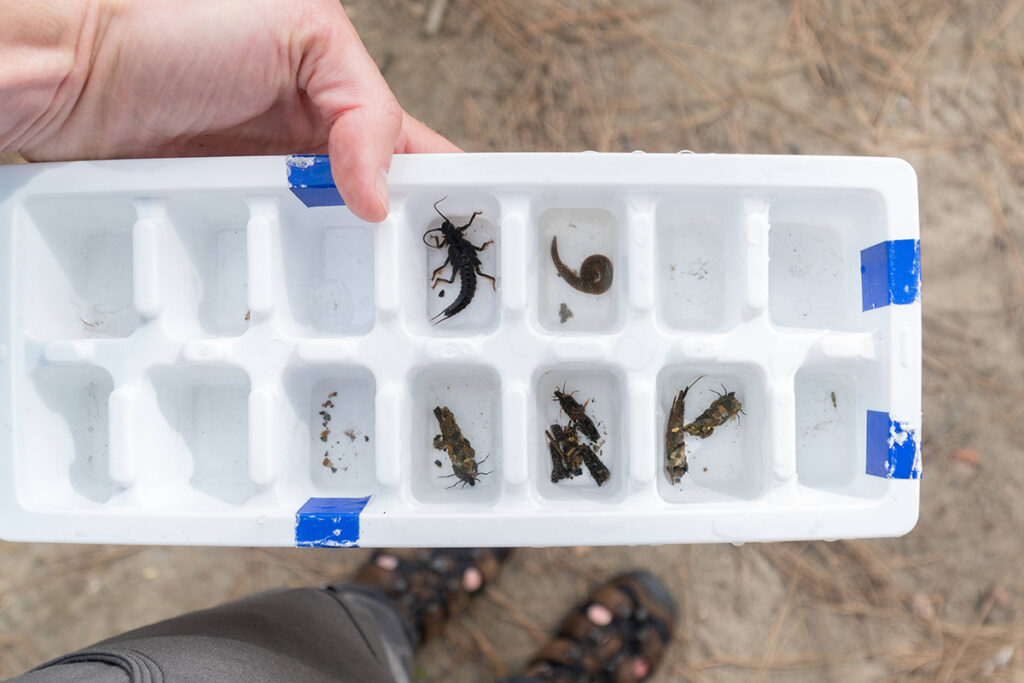
In order to prevent super-low flows in our river, we need to conserve water year-round, not just when it’s hot outside. But most of us don’t seethe damage of low flow. We just turn on the sprinklers. One of Shultz’s goals is to increase public engagement with the river’s water levels. If he had his way, we’d project the river flow year-round on the downtown clock tower.
Managing your water is perhaps the easiest way to become a riverkeeper yourself. Scour the city’s webpage on the Water Wise program to learn about the water conservation ordinance, effective June-October, which includes outdoor watering schedules by house address. You’ll also find opportunities for rebates for water-saving items like smart sprinklers, high-efficiency toilets, and replacing your lawn with drought-tolerant plants.
“We have a huge impact on the river, and we can change it,” says Shultz.
The river is powerful, but its water is not infinite.
~
“It sounds like there’s a jet . . . but there’s not,” says Nollete, which cues our group into our approach of Devil’s Toenail. The rapid looked as gnarly as its name. I was holding my breath again.
To our group’s paddling credit, we hit the waves nose-first this time. With Nollete instructing us precisely on when to paddle or rest, on the left or the right, the Devil’s Toenail turned out to be a series of big, fun bumps. After the rapids, we reached flat water on the river. It was an experience of contrast, of rough water and sudden stillness. This river had multiple personalities.
The experience of Devil’s Toenail reminded me of something Scott had told me: “That river is so powerful, but it will also share its power with you if you’re willing to listen and sit with it for a while.”
It is just as important to listen to one another as we work toward river health and restoration.
~
Our responsibility to curb our water use dovetails into an important conservation topic: the restoration of salmon. To satisfy the rights of local tribes to take fish, we need salmon to come back to harvestable levels. And we need healthy flow levels to do that.
The prospect of returning salmon is a cultural point. I spoke with Caj Matheson, a member of the Coeur d’Alene Tribe who works as the Natural Resources Director and serves on the tribal council, about the historical importance of the Spokane River and its salmon to his people.
The river has always been sacred and life-sustaining, often personified in the tribe’s oral stories, and its salmon were critical to the tribe’s nutrition and survival. Several generations ago, traveling to harvest salmon nurtured relationships with other tribes like the Spokane. Matheson says salmon season was a time when the tribes would intermarry and partake in things like gambling, foot races, and horse or swimming races.
“You can just imagine the absolute festive atmosphere that was involved in getting together with these other tribes to capture salmon. It was really without measure. There was an emotional and spiritual thing that salmon really provided for the tribes in bringing us all together in a celebratory way,” says Matheson.
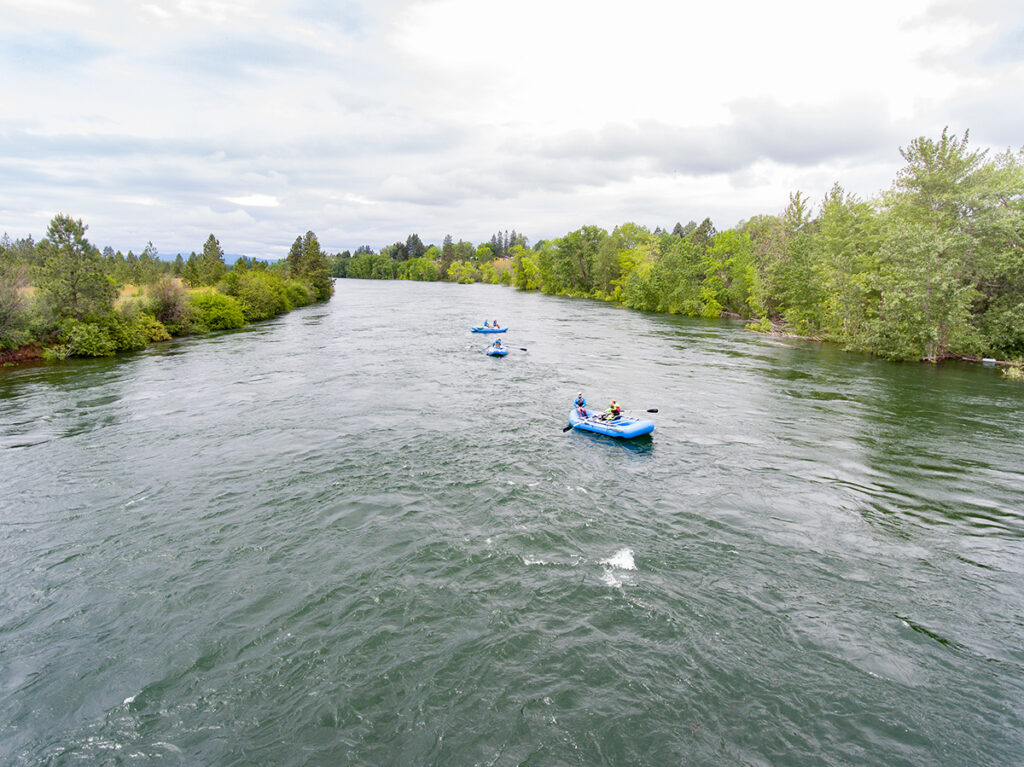
The Upper Columbia United Tribes, led by the Coeur d’Alene, Colville, and Spokane tribes, are in phase two of testing the feasibility of permanent, full-scale salmon reintroduction. This spring, in the Spokane River and other blocked areas of the Upper Columbia, they released 2,000 yearling Chinook salmon tagged with acoustic transmitters and 120,000 implanted with PIT tags. Phase two includes tracking the spawning locations of these fish. It also requires doing things like physically driving the fish in trucks to portage around dams and place them in their historic waterways.
Conor Giorgi, who is the Anadromous Project Manager for the Spokane Tribal Fisheries, says the salmon are doing just what they’re supposed to: finding places to reproduce. “We take that as confirmation of the habitat assessments (phase one) we did a number of years ago. We are seeing the next generation come out of the Spokane,” says Giorgi.
In September of 2023, the tribes signed a settlement agreement with the federal government to fully fund phase two reintroduction efforts. It’s positive news, but it’s still a long game to play. Tribes are evaluating how well fish perform in habitats, what they can expect from those populations, and designing and installing interim fish passage systems at all five dams. This will take the next 20 years to complete, says Giorgi. With a salmon’s lifecycle at six years, collecting data just takes time.
“When you think about salmon coming back, our hope is that all those things get restored back to our people. All this spiritual fullness, the health, the vibrancy that it can bring is something that we’re really looking forward to,” says Matheson.
Meanwhile, the river faces ever-evolving demands from climate and people. But, as Shultz put it, “We now have a rallying cry here: we need a healthy river for these fish.”
~
So, what can you do? Get to know the river. Sign up with the Riverkeeper to study mercury levels in crayfish this July; participate in a river clean-up; take samples to test turbidity (water clarity) in Hangman Creek; or just get onto one of the many river beaches and enjoy being by, on, or in the river.
To aid anglers and recreationists alike, Shultz has installed real-time temperature sensors along the river. Fishermen seek cold waters where fish thrive; groups looking to float in a tube in July and August want a warm stretch of river. Find water temperature data for Harvard Road, Peaceful Valley and the Little Spokane River at Spokaneriverkeeper.org/water-temperature.
If you study where to go, the river can be a great place for fishing, paddling, swimming and tubing in summer months. Find an interactive map of the Spokane River, which lists launch sites and amenities, at Spokaneriver.net/watertrail. Always wear a PFD on the water and enlist a guide if you’re out of your comfort zone. Silver Bow Fly Shop and Fly Fish Spokane lead fly fishing trips, while FLOW Adventures handles logistics with tube rentals and shuttle service.
“Start by just dipping your feet in,” says Shultz. “Literally and figuratively.” Because we protect the things we know and love.
~
Just before our raft reached the take-out point at Plese Flats, where we would catch a FLOW shuttle back to Redband Park, someone spotted the brown pelt of a coyote. We watched as it picked its way up the hill from the river, weaving through bunches of purple lupine toward the Centennial Trail. We talked about how this place still felt wild, even if it wasn’t as wild as we wanted or needed it to be.
Lisa Laughlin is the managing editor of Out There Outdoors and has an MFA in Creative Nonfiction. She lives, writes, runs and paddleboards in Spokane.












